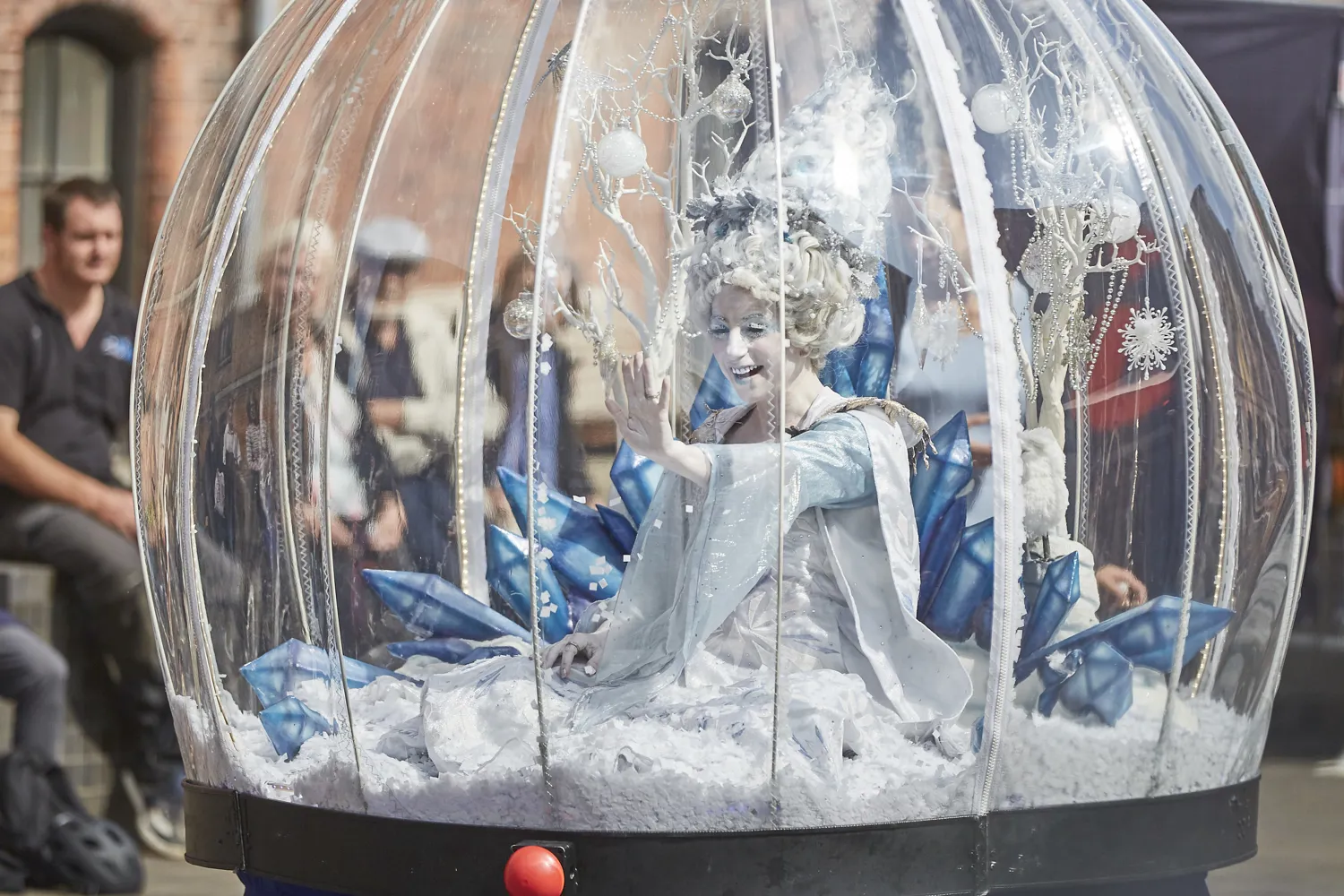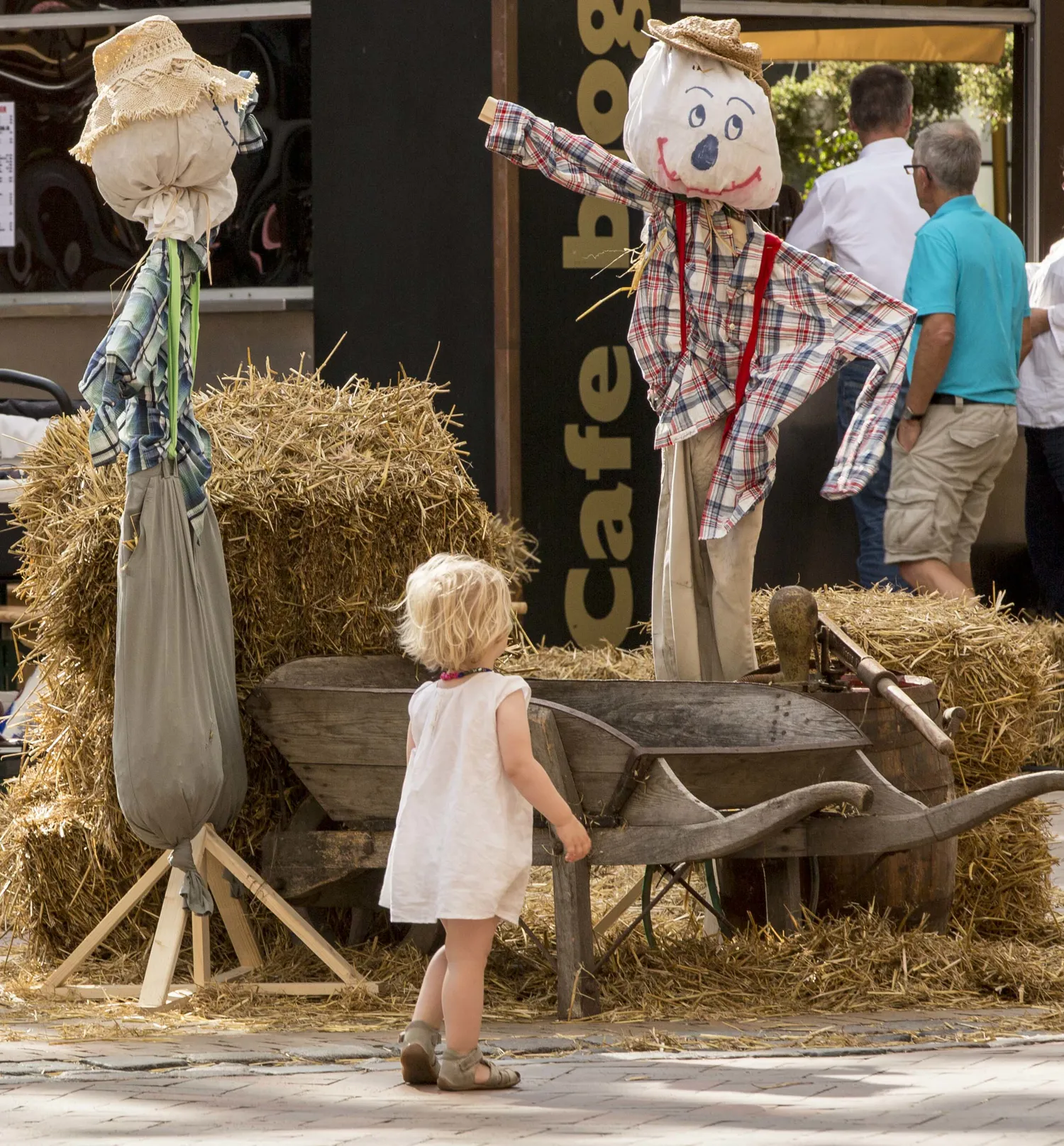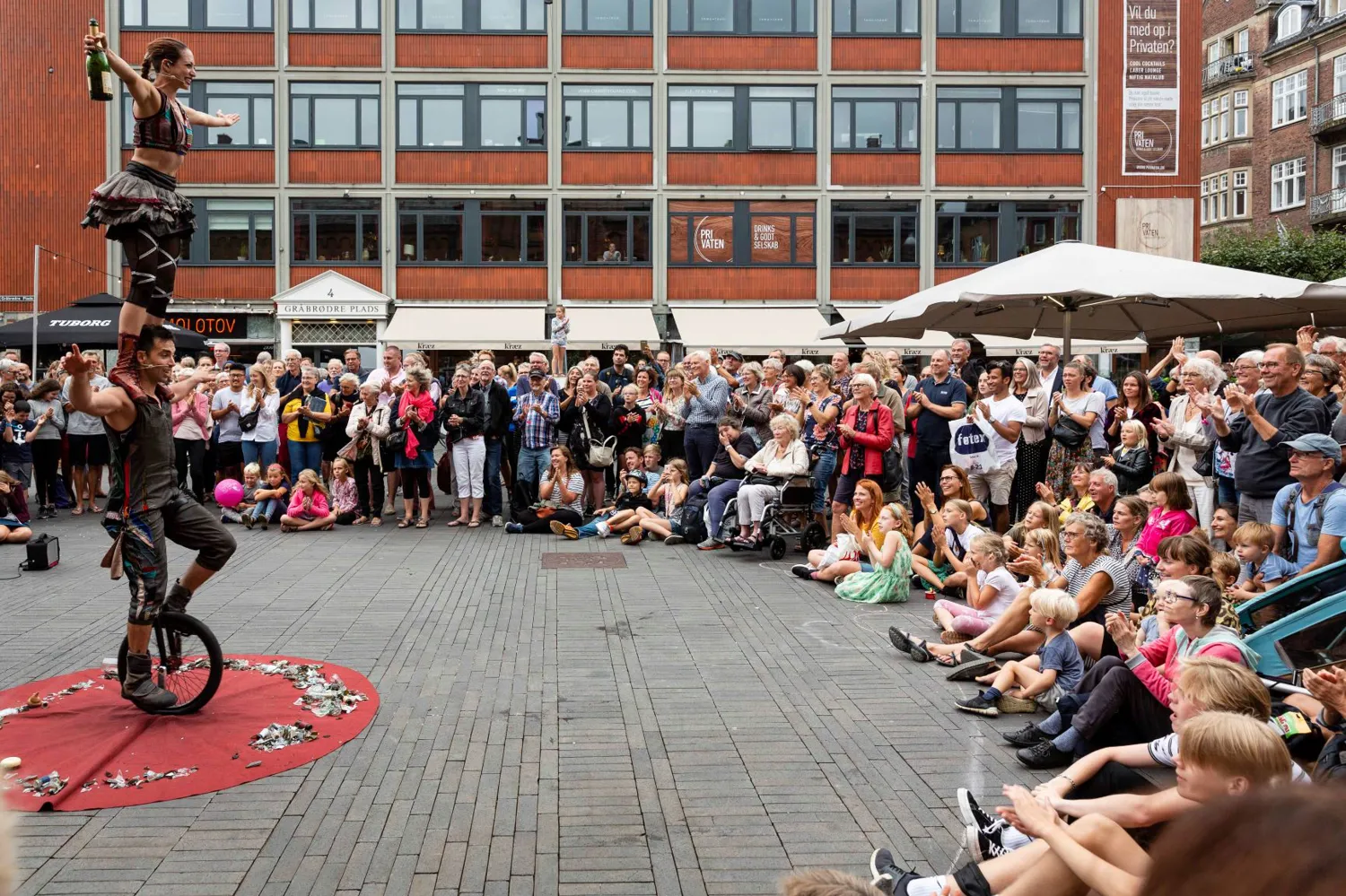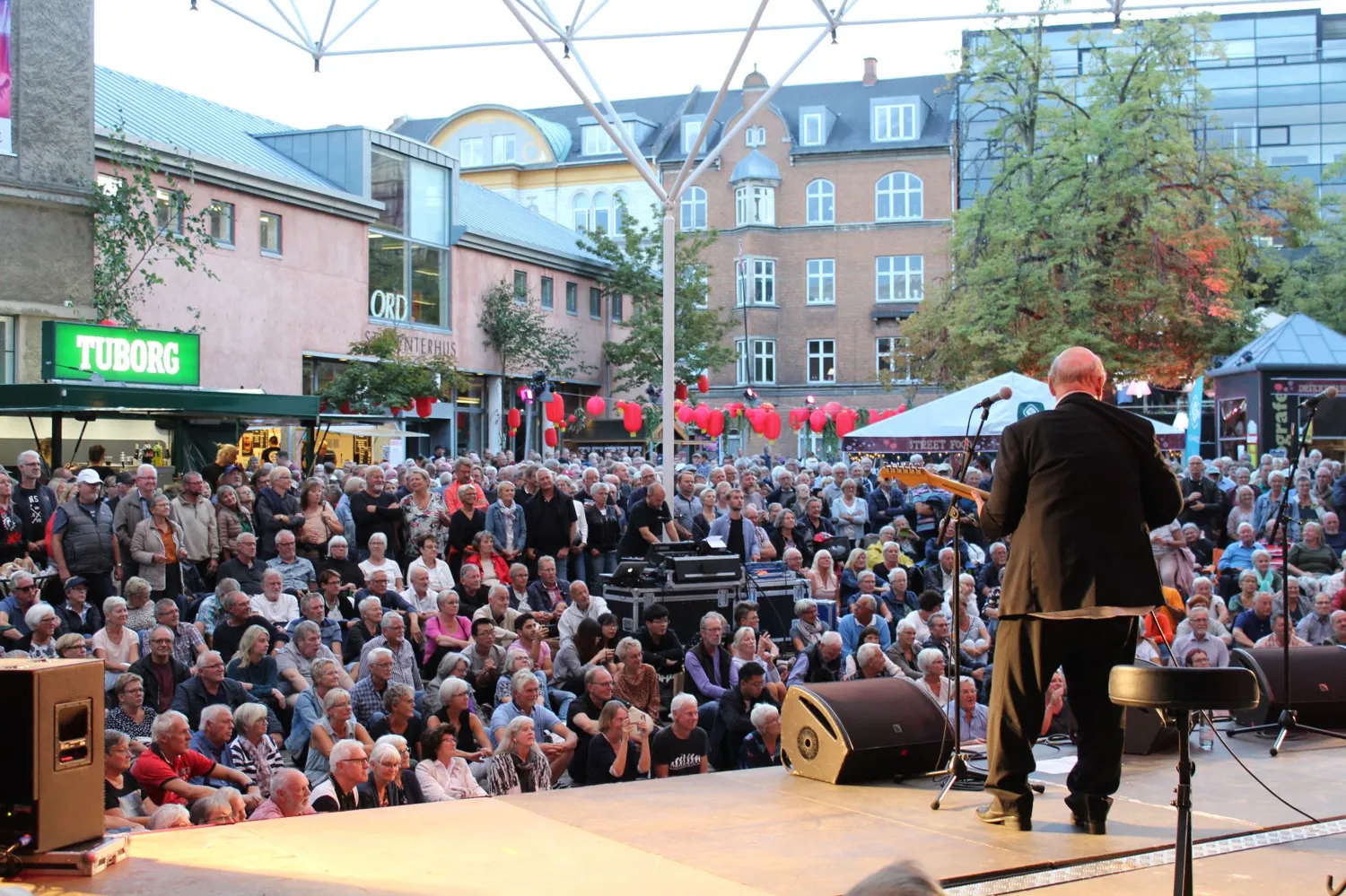About the festival
Five central concepts form the framework for the content of the H.C. Andersen Festivals.

The values in the universe of Hans Christian Andersen
The content of H.C. Andersen Festivals is guided by five central concepts from the works of Hans Christian Andersen.
Hans Christian Andersen is world-famous for his stories, which are read, understood and shared across an array of borders, be they physical, cultural, educational or generational.
With his fairy tales, travel accounts, novels, papercuttings and poems, Hans Christian Andersen communicated ideas which he believed to be important for the age in which he lived. These ideas, present in his fairy tales, are ideas and challenges still relevant for us today. Researchers from the Hans Christian Andersen Centre at the University of Southern Denmark have created five central concepts from across his works, which together provide inspiration for the multitude of unique events at the festival each year. Within the world of Hans Christian Andersen, there is room for imagination, tradition and innovation at the Hans Christian Andersen Festivals.

Transcending borders
Diversity across boundaries
Hans Christian Andersen was a person who literally crossed many borders. He travelled abroad for more than ten years of his life, as well as travelling for extended periods within Denmark. It is therefore unsurprising that many of his stories include themes of movement and travels.
Hans Christian Andersen also transcends boundaries in other ways. His stories have spread around the world, with their values, morals and characters which appeal to many different nationalities and cultures.
Hans Christian Andersen provides strong support for equality and freedom of speech. Everything and everyone has the right to speak, and power often lies with those not formally in charge.
Examples from his works:
Travel and exploration: The Little Mermaid, The Wild Swans, The Flying Trunk, The Travelling Companion.
The voice of the ‘other’: The Emperor’s New Clothes, The Little Match Girl, Heartache.

The mould break
Opportunity for all
Hans Christian Andersen forged his own path, rising from his impoverished background to achieve success and veneration. He also showed that the role of the outsider is filled with difficulties and discomfort. A large part of his body of works reflects his belief that everyone has the chance to make something of themselves, but that the rise is not easy; you have to fight to be recognised and yet stay true to yourself. For Hans Christian Andersen, as with many of those who go against the mould, the shift in circumstances involved a lifelong fight to achieve recognition, a recognition that was ultimately bestowed externally, but perhaps never truly felt within.
Examples from his works:
The Ugly Duckling, The Little Mermaid, The Snow Queen, The Dryad.

The magic of technology and things
Anything is possible
It is a magical world that unfolds within the stories of Hans Christian Andersen: Anything is possible, if one can only imagine it – and that goes for both people and things. In the stories of Hans Christian Andersen there was no one or no thing that held an inherently stronger or more valid voice than any other person or thing. Hans Christian Andersen was deeply fascinated by the possibilities and limitations of the material world, and by science and technology. He was fascinated by steam power and electromagnetism, but at the same time feared the changes these could bring about. He would also have been fascinated by drone technology and robots, whilst also being apprehensive about their potential impact. In Andersen’s fairy tales, magical dimensions are added to technology and technology’s possibilities in the so-called object tales, where voice is lent to that which cannot in fact speak or is otherwise never heard.
Examples from his works:
The ‘adventures of things’: The Top and the Ball, The Darning Needle, The Shirt Collar, The Shepherdess and the Chimney-Sweep, The Steadfast Tin Soldier, Two Maidens.
Fascination with technology and science: The Great Sea Serpent, Thousands of Years from Now,
The Galoshes of Fortune, The Dryad.

The ambiguity of community
Nothing and no one is sufficient in themselves
Hans Christian Andersen spent his whole life trying to find something with which to identify. That search involved a complex mix of narcissism and inferiority, themes which appear side by side throughout his body of works. Self-promotionand self-doubt intertwine in modern people and shows the ambiguity of community: on the one hand, community can restrict us in our behaviours, but on the other hand, we cannot exist without it; we can experience loneliness when we are excluded from community, but also when we are included. Many of Hans Christian Andersen’s stories include the message that we need to be able to stand back and see society as a whole in order to understand it; that we can, and must, see both the detail and the bigger picture, because nothing and no one is sufficient in themselves.
Hans Christian Andersen was also aware that he himself was not self-sufficient. He was strongly attached to many people, but never really had his passionate affections returned. He acknowledged on multiple occasions that love for him was is inextricably linked with ambivalence.
Examples from his works:
The Fir Tree, The Snow Man, The Red Shoes, The Galoshes of Fortune.

The power of language
Cultural and linguistic awareness
Hans Christian Andersen is both a tangible and intangible part of the Danish cultural heritage. His skills as a wordsmith have carved a space for him as a cultural icon. His expressions and metaphors are used in everyday language, and things can even be referred to as ‘Hans Christian Andersen-like’. A single feather becomes five hens, the king is without clothes, and the suitors of the princess are not up to scratch – be gone with them! Within his stories, nothing is as it first appears; everything has multiple layers and can change at any time. For Hans Christian Andersen himself this was true with regard to his love for his country, and his views on local roots, global trends, the power of the elite and deep-set traditions. His stories comprise strong emotions and a piercing irony. He used this irony as a tool for social critique and to bring down empty traditions. Today, Andersen’s ironic expressions are still used for these purposes
Examples from his works:
It's Quite True, The Tinder Box, The Emperor’s New Clothes, Clumsy Hans.